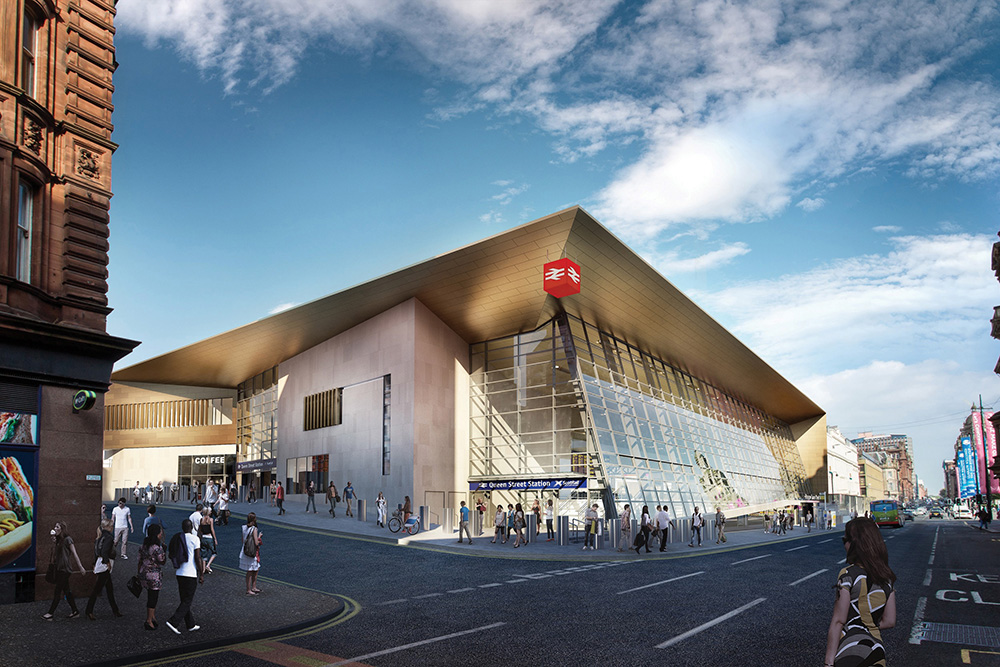Work is taking place across the country to prepare Scotland’s railway for the arrival of two brand-new train fleets – Virgin East Coast’s Azuma trains and ScotRail’s class-385s.
Over Christmas and New Year 2017, 4,000 railway engineers worked around-the-clock to complete £15m of work on Scotland’s railway – much of it to support the new fleets.
These trains will help to transform travel on both the East Coast main line to London and on the main line between Scotland’s two biggest cities.
Increasing on-train passenger capacity and reducing journey times, the new fleets will cut around 10 minutes from the journey time between Edinburgh and Glasgow, via Falkirk High, and around 20 minutes between the two capitals.
At Edinburgh Waverley, the country’s second-busiest station behind Glasgow Central, Network Rail engineers have been working to extend platforms 5 and 6, to the east of the station, and 12, to the west.
The extensions to platforms 5 and 6, due for completion this year, will accommodate the new 10-car Azuma services on East Coast routes, while the extension of platform 12, completed in December 2017, will allow new eight-car class-385 services to use the platform.
In addition to the platform works, on New Year’s Day 2017, engineers installed a new track ‘crossover’ layout between platforms 10 and 11 at Waverley to increase flexibility through the station by allowing trains to move between the two lines.
And in Aberdeen, after the last train ran on Christmas Eve, engineers began work on a £1m project to upgrade platforms at the station ahead of the arrival of the Azumas.
In the West of the country, work continues to transform Glasgow Queen Street station, with main structural demolition work now under way.
Over the coming months engineers will break up the existing 1970s buildings in front of the Victorian station to make way for a new frontage, concourse and entrances.
When complete in 2020, the redeveloped Queen Street will offer passengers an expanded concourse with increased capacity and circulation space, and improved customer facilities in a contemporary and distinctive building.
ScotRail Alliance managing director Alex Hynes said: “We are building the best railway Scotland has ever had and delivering the largest programme of investment since the Victorian era.
“The work we are undertaking at these major stations will pave the way for the introduction of two new, state-of-the-art train fleets and transform travel for the railway’s customers – offering faster journeys on longer, more modern trains with more seats.”






